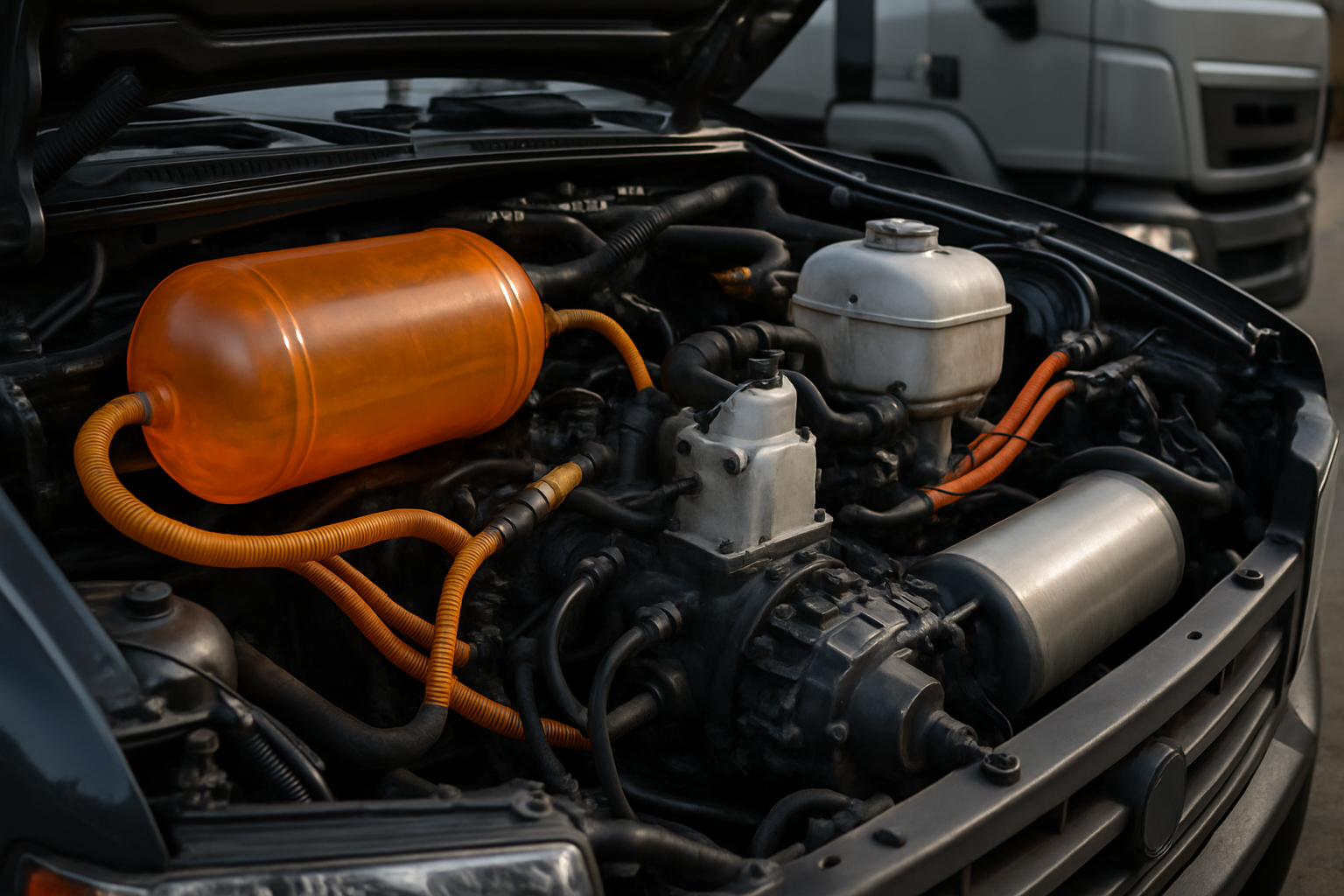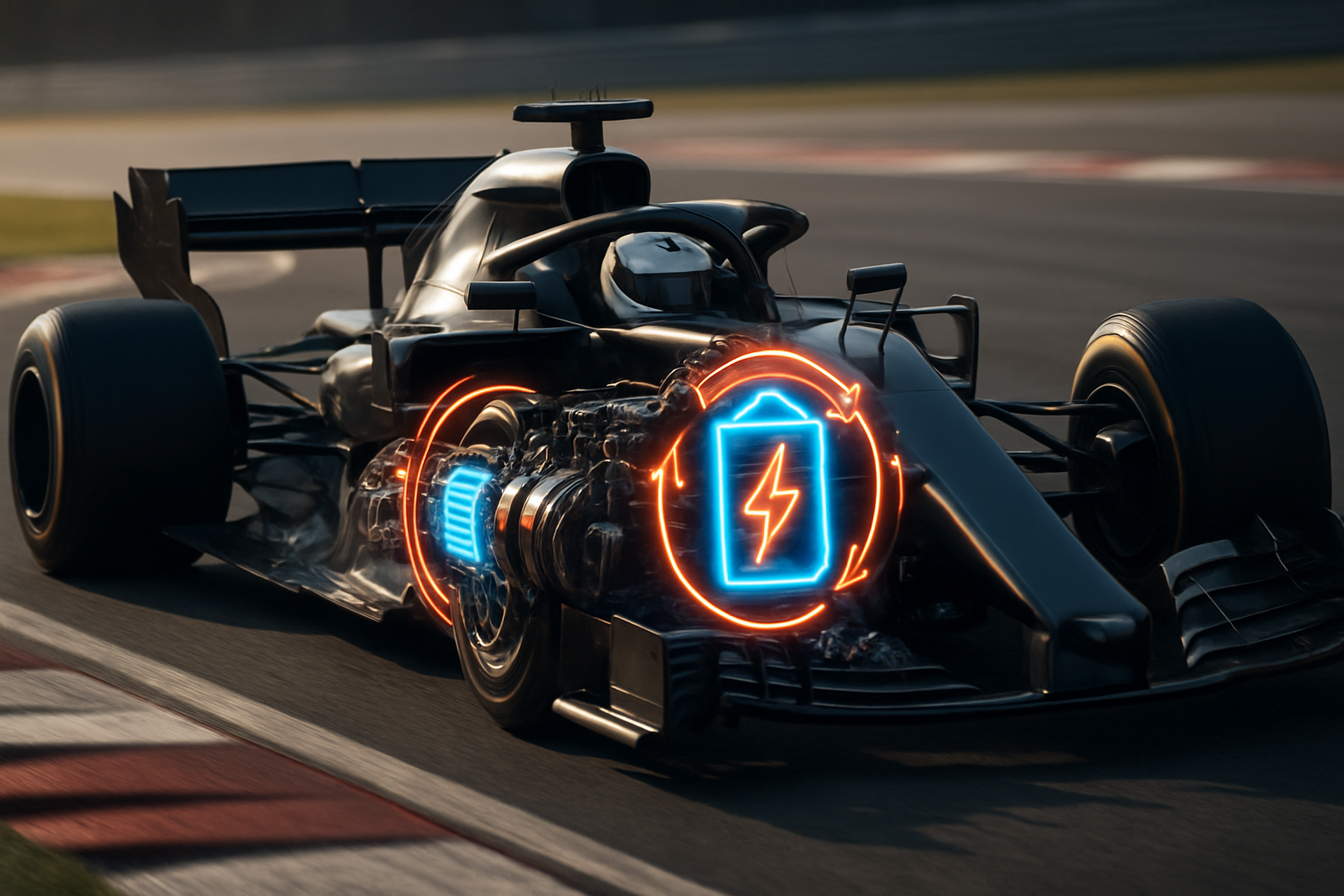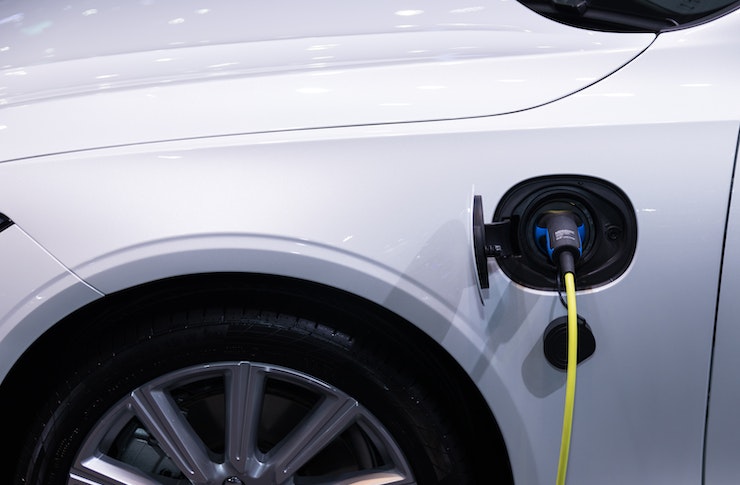International Perspectives on Automotive Mechanical Reliability
Automotive mechanical reliability varies significantly across different regions and markets worldwide. Understanding the factors that contribute to mechanical failures, particularly severe issues affecting powertrains, helps vehicle owners make informed decisions about maintenance, purchasing, and long-term ownership costs. This article examines global patterns in automotive durability, common causes of catastrophic mechanical failures, and how different markets approach vehicle longevity and repair standards.

Modern vehicles represent complex engineering achievements, yet mechanical failures remain a concern for owners worldwide. The reliability of automotive components, especially critical powertrain systems, depends on numerous factors including manufacturing quality, maintenance practices, driving conditions, and regional climate variations. Different markets experience varying rates of mechanical issues based on these interconnected elements.
What Causes Catastrophic Powertrain Failures
Severe mechanical failures in vehicle powertrains typically result from a combination of factors rather than a single cause. Inadequate lubrication stands as one of the primary culprits, occurring when oil levels drop too low or oil quality degrades beyond acceptable limits. Overheating represents another critical factor, often stemming from cooling system failures, low coolant levels, or blocked radiators. Timing belt or chain failures can cause internal component collisions, leading to catastrophic damage. Poor maintenance practices, including extended oil change intervals or ignoring warning signs, significantly increase failure risks. Manufacturing defects, though less common in modern vehicles, occasionally contribute to premature failures. Contaminated fuel or oil can accelerate wear on precision components. Aggressive driving habits, particularly sustained high-speed operation or frequent rapid acceleration, place additional stress on mechanical systems.
How Regional Differences Affect Automotive Durability
Geographic location substantially influences vehicle longevity and mechanical reliability. In regions with extreme temperatures, both hot and cold climates present unique challenges. Hot desert environments cause accelerated fluid degradation and increased stress on cooling systems. Cold climates require additional strain during cold starts and can lead to condensation-related issues. Coastal areas introduce salt exposure, which while primarily affecting body panels, can also impact mechanical components through corrosion. Developing markets often face challenges with fuel quality consistency, which directly affects combustion efficiency and component longevity. Road infrastructure quality varies globally, with poorly maintained roads contributing to increased vibration and stress on mounting points and seals. Altitude differences affect air density and combustion characteristics, requiring different calibrations and potentially affecting long-term durability. Dust and particulate exposure in arid regions can compromise filtration systems and accelerate wear.
What Are Common Warning Signs of Serious Mechanical Issues
Recognizing early warning indicators can prevent minor problems from escalating into catastrophic failures. Unusual noises, particularly knocking, ticking, or grinding sounds, often signal developing problems with internal components. Changes in oil pressure, indicated by dashboard warning lights, require immediate attention as they suggest lubrication system compromises. Excessive exhaust smoke, whether white, blue, or black, indicates different types of internal problems ranging from coolant leaks to oil consumption. Loss of power or rough running conditions suggest combustion or timing issues. Visible fluid leaks, especially oil or coolant, indicate seal or gasket failures that can lead to more serious problems if ignored. Overheating, shown by temperature gauge readings or steam from the hood, demands immediate action to prevent irreversible damage. Unusual vibrations or changes in operating smoothness can indicate mounting issues or internal imbalances. Metal particles in oil, visible during oil changes, suggest accelerated internal wear.
How Do Maintenance Practices Impact Long-Term Reliability
Proactive maintenance significantly extends vehicle lifespan and prevents costly mechanical failures. Regular oil changes using manufacturer-specified grades remain the single most important preventive measure. Cooling system maintenance, including coolant replacement and thermostat inspection, prevents overheating-related damage. Timing belt or chain replacement at recommended intervals eliminates a major failure risk. Air and fuel filter replacement ensures clean combustion and prevents particulate damage. Regular inspections of hoses, belts, and seals catch deterioration before failures occur. Using quality replacement parts and fluids maintains design specifications and prevents premature wear. Following manufacturer service schedules rather than extending intervals provides optimal protection. Addressing minor issues promptly prevents cascading failures that affect multiple systems.
What Role Does Manufacturing Quality Play in Mechanical Durability
Manufacturing standards and quality control processes vary among automakers and directly influence long-term reliability. Precision machining tolerances affect how components wear over time, with tighter tolerances generally providing longer service life. Material quality, including metallurgy and heat treatment processes, determines component strength and fatigue resistance. Assembly procedures and quality checks catch defects before vehicles reach consumers. Design philosophy varies among manufacturers, with some prioritizing longevity while others focus on performance or cost reduction. Supply chain management affects component consistency, as parts sourced from multiple suppliers may have quality variations. Research and development investment in durability testing helps identify potential failure modes before production. Warranty programs reflect manufacturer confidence in reliability and provide insight into expected durability. Continuous improvement processes allow manufacturers to address known issues in newer model years.
How Do Different Markets Approach Vehicle Repair and Rebuilding
Global markets demonstrate varying approaches to addressing serious mechanical failures. In developed markets like the United States and Western Europe, replacement with remanufactured or new assemblies often proves more economical than extensive repairs due to high labor costs. Developing markets frequently favor complete rebuilds, as skilled labor costs less and parts availability may be limited. Some regions have thriving remanufacturing industries that provide cost-effective alternatives to new components. Warranty coverage and consumer protection laws influence repair decisions, with some markets offering stronger protections. The availability of diagnostic equipment and technical training affects repair quality and success rates. Cultural attitudes toward vehicle longevity vary, with some markets expecting vehicles to last decades while others view them as shorter-term assets. Environmental regulations in some regions encourage repairs over replacement to reduce waste. The used parts market provides alternatives in price-sensitive markets but may introduce quality concerns.
Conclusion
Automotive mechanical reliability depends on the interplay of design quality, manufacturing standards, maintenance practices, and operating conditions. While catastrophic mechanical failures can occur in any market, understanding contributing factors and warning signs helps owners minimize risks. Regional differences in climate, infrastructure, and fuel quality create varying challenges for vehicle durability. Proactive maintenance following manufacturer guidelines remains the most effective strategy for preventing serious mechanical issues. As automotive technology continues evolving, particularly with increasing electronic integration and alternative powertrains, the nature of mechanical reliability challenges will continue shifting, requiring ongoing adaptation of maintenance and repair practices worldwide.




